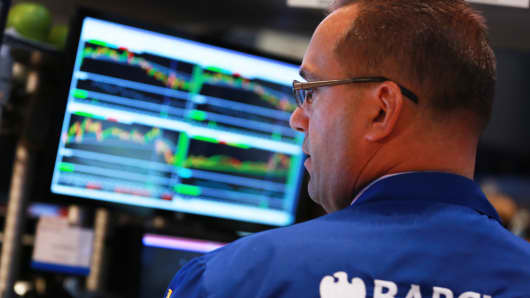You've probably heard the conventional wisdom: Smaller, younger hedge funds are more nimble, and tend to bring better returns than their bulky, aging cousins.
But youth and size are not the same thing. About 85 percent of young funds—under 2 years old—manage less than $250 million in assets, but only about 14 percent of all small funds are young. That's down from 42 percent of all small funds about a decade ago.
That may sound like simple semantics, but it matters because "young" funds and "small" funds don't behave the same when it comes to returns. While young funds do, in fact, tend to outperform older funds, small funds haven't been doing as well in recent years.
Looking at Sharpe ratios, a measure of risk-adjusted return, small hedge funds have been underperforming medium-sized funds for the last six years, a stark difference from strong returns before the financial downturn, according to an analysis of thousands of reporting funds by eVestment Alternatives Research.





